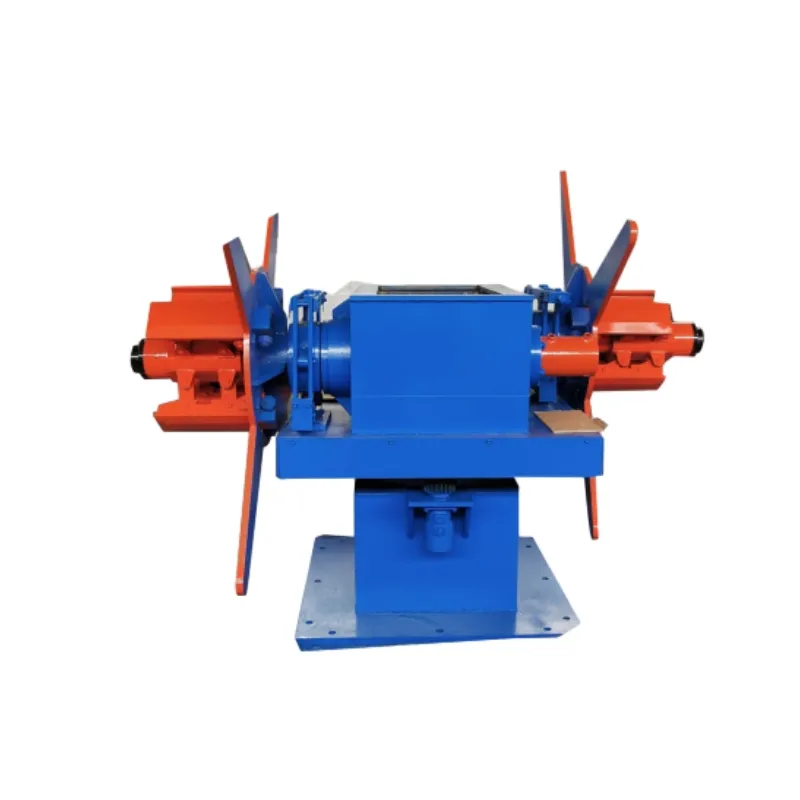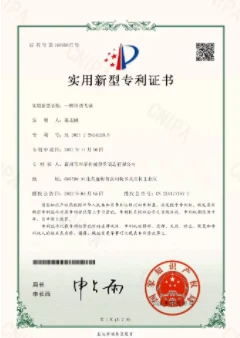Innovation in roll forming technology has led to the development of more efficient and versatile equipment. Manufacturers are now integrating computer-aided design (CAD) and computer numerical control (CNC) systems into their machinery. These technologies enable greater precision in the manufacturing process and reduce human error. Additionally, advancements in materials science have allowed manufacturers to work with a wider range of metals, including high-strength steel and lightweight alloys, expanding the applications for roll-formed products.

Roll forming is utilized across a variety of industries, showcasing its versatility and adaptability
. One of the most common applications is in the production of metal building materials, such as roof panels, wall panels, and structural components. The automotive industry also leverages roll forming for creating components like chassis, brackets, and reinforcements that require high strength-to-weight ratios.